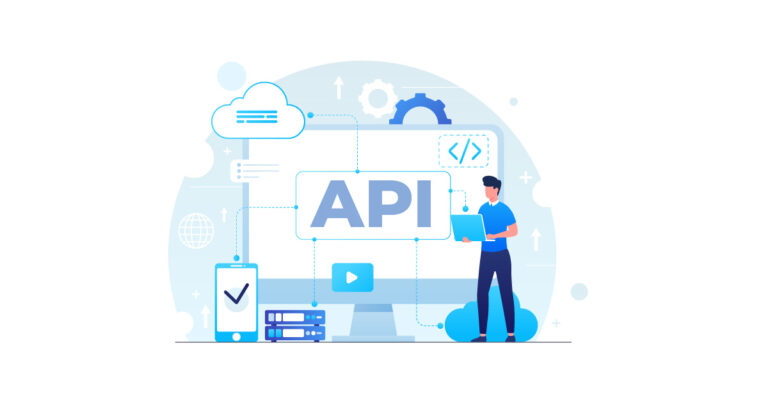
Designing an Effective API: Best Practices and Principles
Creating a well-designed Application Programming Interface (API) is crucial for ensuring seamless integration and facilitating robust communication between different software systems. A good API not only provides the backbone for reliable and secure data exchange but also enhances the developer experience, leading to faster development cycles and more stable applications. This article outlines key principles and best practices in designing a good API, focusing on aspects like usability, security, and scalability.
1. Start with a Clear Specification
Before writing any code, define what the API will do. Clear specifications include understanding the needs of the consumers, the data to be exchanged, and the actions that the API will support. Utilize API specification formats like OpenAPI (formerly Swagger) to document the API’s purpose, functionality, and structure comprehensively. This documentation serves as a roadmap for development and a reference for API consumers.
2. Embrace RESTful Principles
While there are various architectural styles for APIs, REST (Representational State Transfer) remains popular due to its simplicity, scalability, and compatibility with web standards. A RESTful API should adhere to principles like statelessness, where each request from a client contains all the information needed to process it, and a uniform interface, which ensures a consistent and predictable API structure.
3. Use Meaningful and Consistent Naming Conventions
Naming endpoints and data fields clearly and consistently makes an API intuitive and easier to understand. For instance, use nouns to represent resources (e.g., /users, /orders) and HTTP verbs (GET, POST, PUT, DELETE) to represent actions on those resources. This approach follows the RESTful principle of noun-verb separation and enhances the readability and maintainability of the API.
4. Implement Versioning from the Start
API versioning is critical for maintaining backward compatibility and allowing the API to evolve without breaking existing integrations. Include the API version in the URL (like /api/v1/resource) or use HTTP headers to manage versions. Starting with versioning from the beginning avoids future complexities when the API needs to be updated or extended.
5. Prioritize Security
Security is paramount in API design. Implement authentication and authorization mechanisms, such as OAuth or API keys, to control access. Ensure data is encrypted in transit using HTTPS, and consider additional security measures like rate limiting, input validation, and regular security audits to protect against common vulnerabilities.
6. Optimize for Performance
Design the API for optimal performance by allowing for filtering, sorting, and pagination in API requests. This reduces the amount of data transferred over the network, improves response times, and enhances the overall user experience. Additionally, consider implementing caching strategies to reduce load on the server and speed up frequent requests.
7. Provide Comprehensive Documentation
Good documentation is crucial for any API. It should clearly describe how to use the API, including endpoints, request/response formats, error codes, and examples of common use cases. Tools like Swagger UI can help generate interactive documentation that allows developers to test API calls directly from the browser.
8. Foster a Developer-Friendly Experience
The ease of use of an API greatly affects its adoption. Offering SDKs (Software Development Kits) in various programming languages, detailed changelogs, and active support channels (like forums or chat) can enhance the developer experience. Regular feedback loops with API consumers can also provide valuable insights for continuous improvement.
Designing a good API is a strategic process that involves careful planning, adherence to best practices, and a focus on the end-user experience. By prioritizing clarity, consistency, security, and performance, developers can create APIs that are not only functional but also scalable, secure, and a pleasure to use. As APIs continue to be the linchpins of modern software architecture, investing time and effort in their design can yield significant benefits for both providers and consumers in the long run.